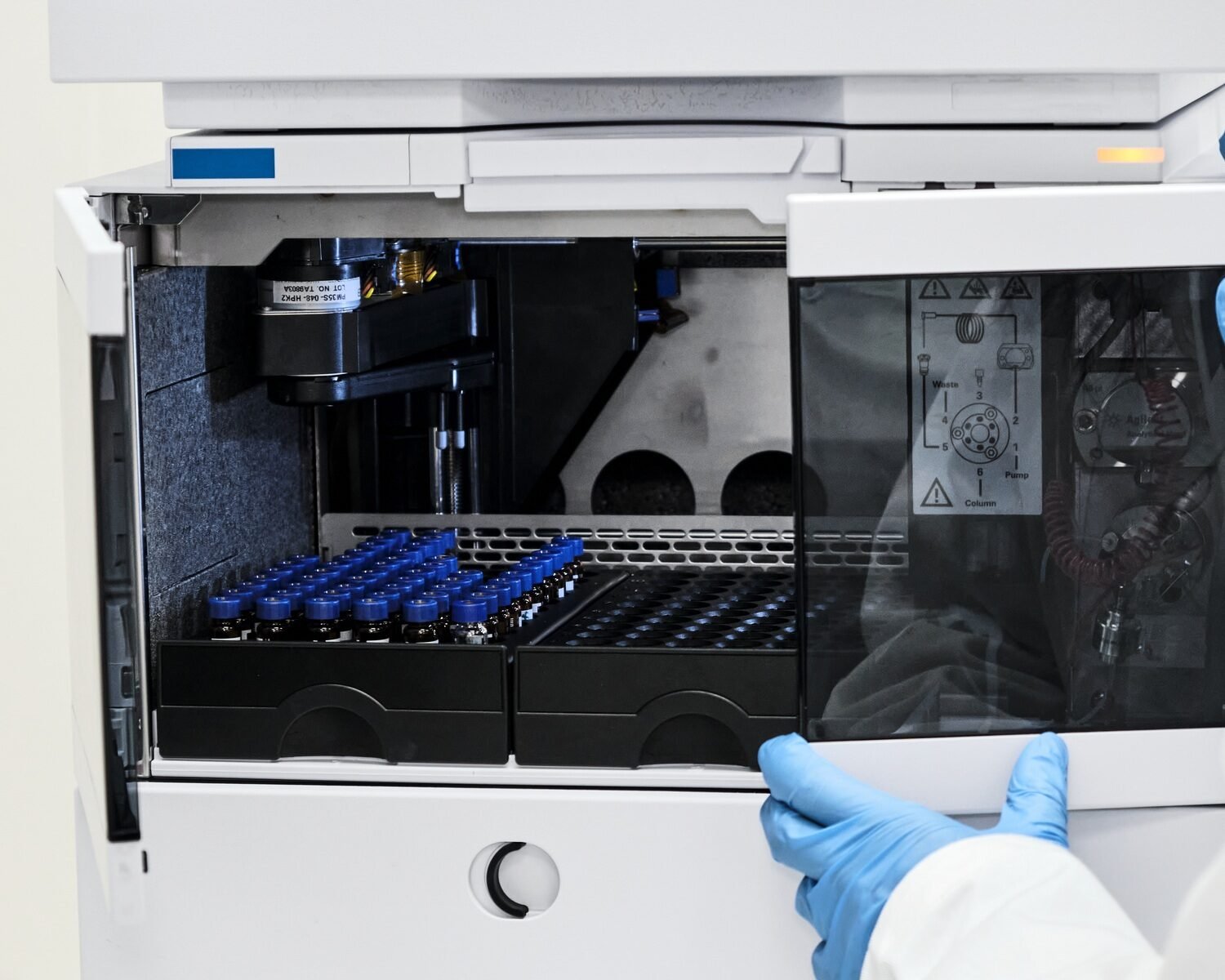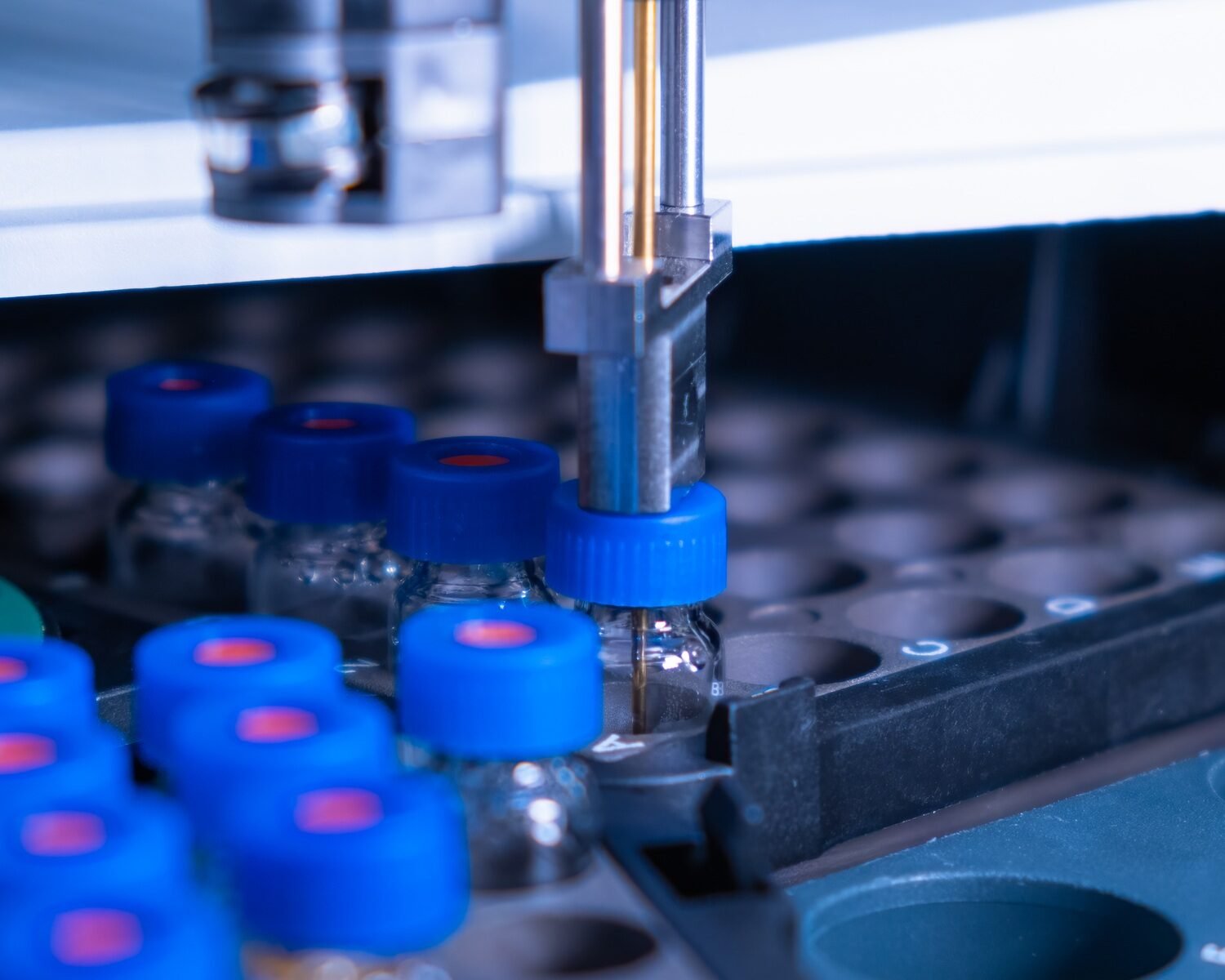There are many ways to separate compounds in a sample. High performance liquid chromatography (HPLC) is one of the most powerful and efficient methods for doing so. The technique relies on the physical properties of the mixture’s components rather than chemical reactions between them, and this makes it capable of rapid separations with little risk that any compounds will be lost or altered during processing. It also allows sensitive detection and quantitation at very low levels. This article describes how HPC works and why it can’t be beat when you’re looking for an effective separation method.
What is HPLC and how does it work
High performance liquid chromatography (HPLC) is a technique for separating and identifying compounds in mixtures by applying pressure to the mixture, causing the components to separate according to their various rates of diffusion. HPLC is capable of very rapid separations because it relies on the physical properties of the mixture’s components rather than chemical reactions between them.
Application of pressure to a mixture is known as hydrodynamic chromatography, while application of heat is known as thermal chromatography. All HPLC techniques are forms of high-pressure liquid chromatography (HPLC). The term “high performance” refers to the pressure capability of the technique – up to 350 bar – which allows it to achieve very high rates of separation in “injection” mode. In normal operation, however, most HPLC techniques operate at around 100 bar using some form of supercritical fluid extraction.
There are two main types of HPLC: Affinity and Normal phase chromatography.
Affinity Chromatography separates compounds based on their affinities for an adsorbent material with which they are in contact. The process is based on the specificity of biomolecular interactions, such as hydrogen bonding.
Affinity chromatography is very sensitive and specific, but it is unsuitable for separating large numbers of components in a mixture. Normal phase chromatography separates molecules on the basis of retention by progressively increasing the strength of adsorption to stationary silica or alumina packing material of normal hydrophobic organic compounds eluted with an increasingly polar solvent system. That means that normal phase HPLC will separate out even highly similar compounds into their individual components allowing analysis of samples that are more complex then one another.
Analytes are dissolved in a mobile phase consisting mainly (in almost all cases) of water with a small percentage (0-35%) of an organic solvent such as methanol or acetonitrile, although other solvents are used for special purposes. Most HPLC separations are carried out using a binary mobile phase, but some techniques utilize a ternary solvent system.
Benefits of HPLC over other separation methods
There are a number of benefits of using HPLC as a technique for separating and identifying compounds in mixtures. One benefit is that it is capable of very rapid separations because it relies on the physical properties of the mixture’s components rather than chemical reactions between them. Another benefit is that it does not contend with the problems associated with carrying out a chemical reaction, such as temperature decreases or increases, or changes to pH levels. Additionally, HPLC has fewer moving parts than other separation techniques, making it more reliable.
Applications for HPLC in the laboratory
The main use for HPC in the laboratory is to separate and identify compounds. It does this by applying pressure to the mixture, causing the components to separate according to their various rates of diffusion. This technique is capable of very rapid separations because it relies on the physical properties of the mixture’s components rather than chemical reactions between them. HPC also has a wide range of scales, from the micro scale to preparative and even semi-preparative scales.
In order to separate components in mixture, they must first dissolve into a solvent. The key aspect that separates HPC from other techniques is that it does not require chemical reactions between the solvent and the mixture’s components. Rather, it relies on either high temperatures or high pressures causing molecules with low boiling points to vaporize while those with higher boiling points remain solid. This allows for mixtures containing both polar and nonpolar compounds to be separated as well as mixtures which would normally not mix due to differences in polarity.
After all of the different components have been separated via their rates of diffusion through the solvent, they are sent to a detector where the different types of molecules are identified.
Detection of compounds via HPLC
The two most common detectors for HPC are UV/Vis and Fluorescence detectors. The first detects compounds based on their degree of polarity; since each type of molecule has its own unique polarity, it can be identified by how far it absorbs light in the ultraviolet range. The second works by determining whether or not fluorescence is emitted when a particular compound reaches the detector; chemistry with fluorescent substances requires expensive equipment that many laboratories do not possess. Detectors might also use mass spectrometry or electrochemical sensors depending on what type of molecule they are looking for. After being detected, data analysis can be done to determine how many components are in the mixture and what compounds they are.
HPLC has a wide variety of applications, like protein purification and supercritical fluid extraction. If you’re interested in learning more about HPC, check out this article; it goes into much more detail about how this technique works!
Conclusion
HPLC is an efficient way to separate and identify compounds in mixtures by applying pressure, causing the components to separate according to their various rates of diffusion. Unlike other separation techniques that rely on chemical reactions between solvents and mixture’s components, HPLC relies solely on physical properties for this process. The benefits of using high performance liquid chromatography include it being very rapid due to relying only on the physical properties of a compound’s molecules as well as not having any problems associated with carrying out a reaction because it does not contend with temperature changes or pH levels. It also has fewer moving parts than other separation techniques making it more reliable which makes HPLC ideal for use in laboratories where accuracy is paramount.











